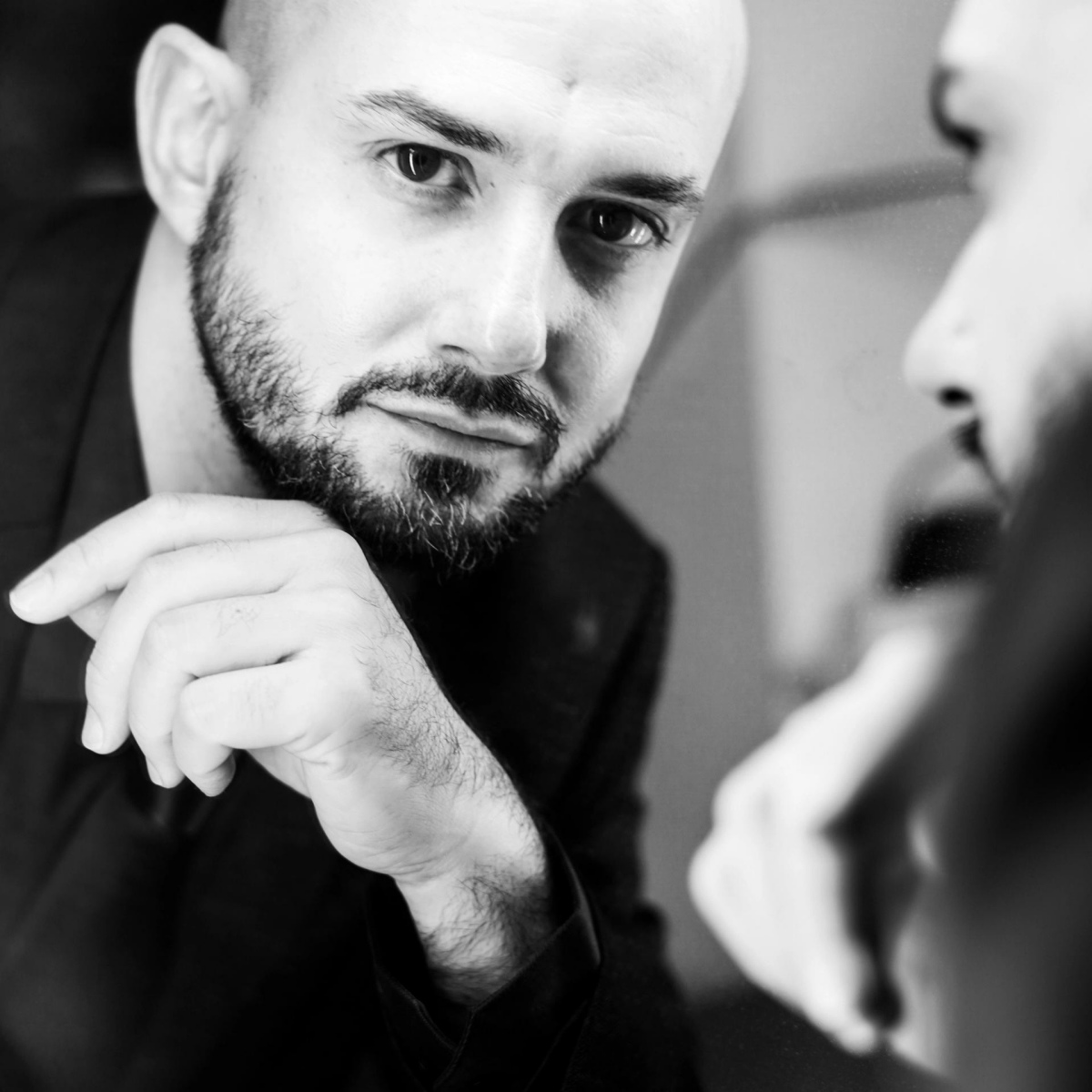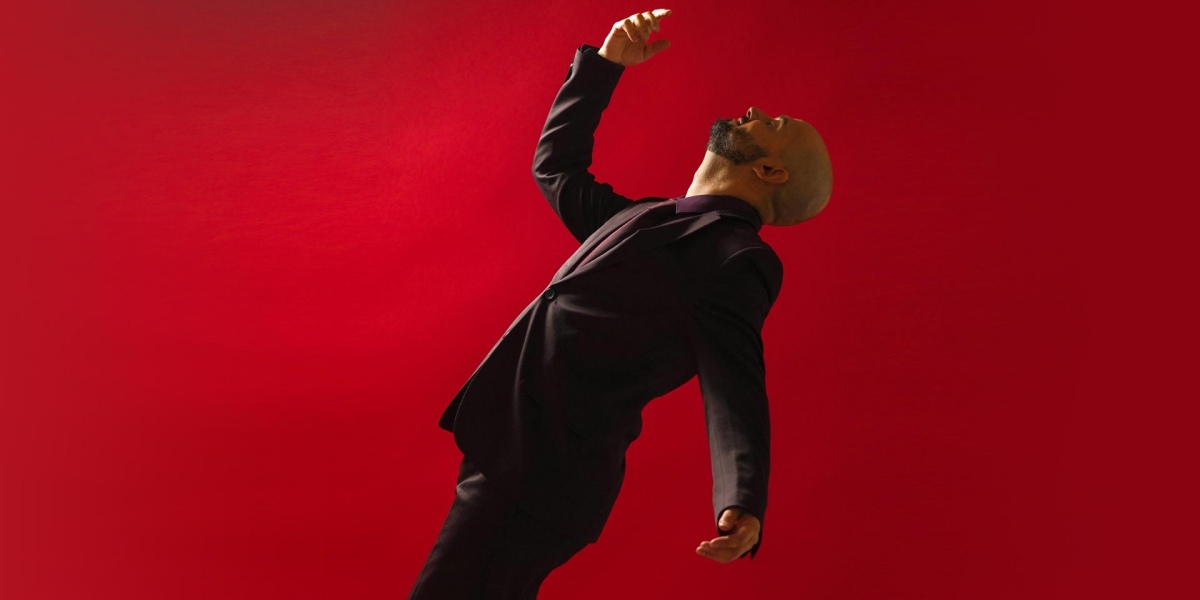Argentine countertenor Franco Fagioli might be bringing an uncommon program of music to Toronto Summer season Music for his recital on July 29. The Orchestre de l’Opéra Royal de Versailles, with conductor Stefan Plewniak, will accompany him in Franco Fagioli: The Final Castrato.
The repertoire consists of picks by Rossini, Nicolini, Bonfichi, Rode, Zingarelli and Mercadante, all the songs written within the excessive register of the Italian castrato custom, and lots of of them written for Giovanni Battista Velluti, the final operatic castrato of renown.
In February 2025, Fagioli launched the album The Final Castrato: Arias for Velluti. Fagioli, who tends to focus on Baroque and early Nineteenth-century bel canto opera, has usually showcased the repertoire of Italian castrati in his work.
Born in Argentina, Fagioli studied on the Superior Artwork Institute of the Teatro Colón in Buenos Aires. With a three-octave vary, and mastery of approach, he gained the Bertelsmann singing competitors Neue Stimmen in Gütersloh, Germany, in 2003, and launched his skilled profession. He grew to become the primary countertenor to signal an unique contract with the venerable Deutsche Grammophon label.
We caught up with the countertenor, based mostly today in Spain, and at the moment on a North American tour, to speak concerning the music and the traditions embedded inside it.
Fagioli sings Non lasciarmi in tal momento from Rossini’s Aureliano in Palmira:
Franco Fagioli: The Interview
The function of a countertenor in classical music isn’t so broadly generally known as the choir basic SATB. How did Franco come to decide on the function of a countertenor to pursue?
“It was a stunning surprising expertise once I was a baby, and I used to be chosen to sing in Mozart’s the Magic Flute,” Fagioli recollects. He was 11 years outdated.
“I believe that was very robust for me as a baby,” he says. “I nonetheless keep in mind in the present day the sound of the orchestra tuning.” He listened because the soloists carried out their elements. “I believe it was about that,” he says of the expertise.
He’d begun to sing at school at age 9. “I used to be singing within the choir.” Earlier than too lengthy, the choir grasp had found his excessive singing vary, and gave him soprano elements that might develop into the norm for him as a baby.
“Even when I name myself a counter tenor as a result of it’s a generic title, I sing within the soprano vary.”
He started to review piano efficiency. “Then I began to review piano, and I used to be very targeted on it,” he stated.
However, regardless of his new emphasis on piano as an instrumental musician, that Magic Flute expertise by no means left him. In Argentina, he didn’t discover a context for his vocals.
“There, no person advised me, look, what you’re doing is a voice that’s used for opera,” he says. “For me, it was like a joke.”
At one level throughout his piano research in San Miguel de Tucumán, he was seeking to be taught The Stabat Mater, a Thirteenth-century Christian hymn to the Virgin Mary. He went to discover a music retailer to purchase an album as a reference for the work, and he recounts that there weren’t many dedicated to classical music within the small metropolis. He discovered one, and an album with The Stabat Mater, and as he listened to the soprano and alto voices, he had a revelation.
“[This is] what I do once I suppose I’m simply enjoying round,” he recollects. “I stated, oh my god, I wish to do that. I wish to do the countertenor path.”
It led to the profession he has now. “I “found I had a mezzo-soprano register. I may have referred to as myself a male mezzo-soprano,” he says, laughing. “That was how I found this path.”
He nonetheless traces it again to that early expertise with The Magic Flute. “I believe Mozart has lots to do with it,” he says. One in all his early recordings was dedicated to the work of Mozart.
As soon as he’d made the change to learning voice, and moved to Buenos Aires, his instructors targeted on instructing him the bel canto approach from the outset. “I didn’t have something to do with the British custom of countertenors,” he notes. As a substitute, he moved straight into operatic repertoire — similar to the castrati of outdated.

The Final Castrato
On the subject of the repertoire he loves and performs, he likes to dive into historic analysis.
“I like that,” he says. “I like to do deep — to know from the place I’m coming.”
The Toronto present, and his final album (launched earlier in 2025), concentrate on the legacy of Giovanni Battista Velluti.
Giovanni Battista Velluti was born on January 28, 1780, and was castrated by a physician on the age of eight, ostensibly as a therapy for a excessive fever and cough. Initially destined for a army profession by his mother and father, he was shifted to musical coaching. He’d develop into pals with the person who would develop into Pope Pius VII, and made his debut on stage on the age of 20.
His expertise was acknowledged early on, and lots of the composers of the day wrote roles particularly for him, together with Rossini (Arsace in Aureliano in Palmira in 1813), and Meyerbeer (Armando in Il crociato in Egitto in 1824).
“The purpose is that Giovanni Battista Velluti was the final castrato on stage within the Nineteenth century,” Franco explains.
In Italy, castrati existed from concerning the mid-Sixteenth century till the 18th, their reputation peaking between 1630 and 1850. Velluti was an anomaly in his time, and carried out carried out the final operatic castrato function ever written, that of Meyerbeer’s Armando, in Venice in 1824.
As Fagioli factors out, whereas the artwork type was within the midst of change, with the heroic tenor changing the function the castrato would sometimes take, composers nonetheless tended to write down the music in the same model. He cites Rossini and Bellini, who took inspiration from lots of the constructions and stylistic parts of Baroque opera into the brand new century.
“You possibly can say that Italian opera has [no] interruption,” he says.
He hyperlinks the bel canto custom to the golden age of 18th century operas. “That’s why you’ll discover in that Velluti album that I recorded some arias within the bel canto model,” he says. “There was this enormous custom that was nonetheless current within the Nineteenth century.”
Whereas musical traditions continued, nevertheless, the function of the castrato didn’t. It provides a sombre contact to Velluti’s work.

The Castrato Model
“I’ve this very deep love of Nineteenth century music,” Fagioli says.
He’s launched greater than 20 albums of music, however says that, even within the early days, he knew an homage to Velluti would take form in some unspecified time in the future in his profession.
“Velluti represents the top of a really particular method of the bel canto singing, which is predicated on improvisation and […] filling the music with the inspiration of the singer.”
The scores created for Velluti by varied composers look deceptively easy. On the naked bones that the rating offered, the castrato was so as to add his personal embellishment.
Fagioli notes that an examination of the scores written for Girolamo Crescentini, one other castrato who lived between 1762 and 1846, gives attention-grabbing insights into the artwork. “It was very attention-grabbing to see within the rating,” Franco says, “[…] all of the elements are written and completed. Then you definitely see the a part of the castrato, it seems to be like a quite simple half. The composers knew, the castrato would end the composition.”
It was a apply that might basically die with Velluti. Rossini was one of many first to place an finish to it in his personal work. “All of the fermatas are written by Rossini, all of the variations,” he stated.
It brings out a sure high quality within the music. “It’s the form of melancholy of an period that’s altering.”
Nonetheless, he sees historic connections that stretch again over the centuries. “For me, Monteverdi and Puccini are deeply related.”
For the singer, it was a rewarding expertise. “It was very difficult. I like to fulfill the scores,” Fagioli says. “These days, we’d not be used to that. Rossini, Bellini, Donizetti — they put a construction to it,” he notes.
“For me, the problem as an interpreter was to discover a method that’s mine, and in addition to homage this apply.”
It’s about connecting the virtuosity of Velluti’s approach to the extra expressive model up to date audiences count on.
“He makes use of many notes to say one phrase,” Fagioli laughs. “These days, we have to discover a solution to undergo that — to go extra into the emotion.”
- Discover live performance particulars and tickets [HERE].
Are you seeking to promote an occasion? Have a information tip? Have to know one of the best occasions occurring this weekend? Ship us a observe.
#LUDWIGVAN
Get the each day arts information straight to your inbox.
